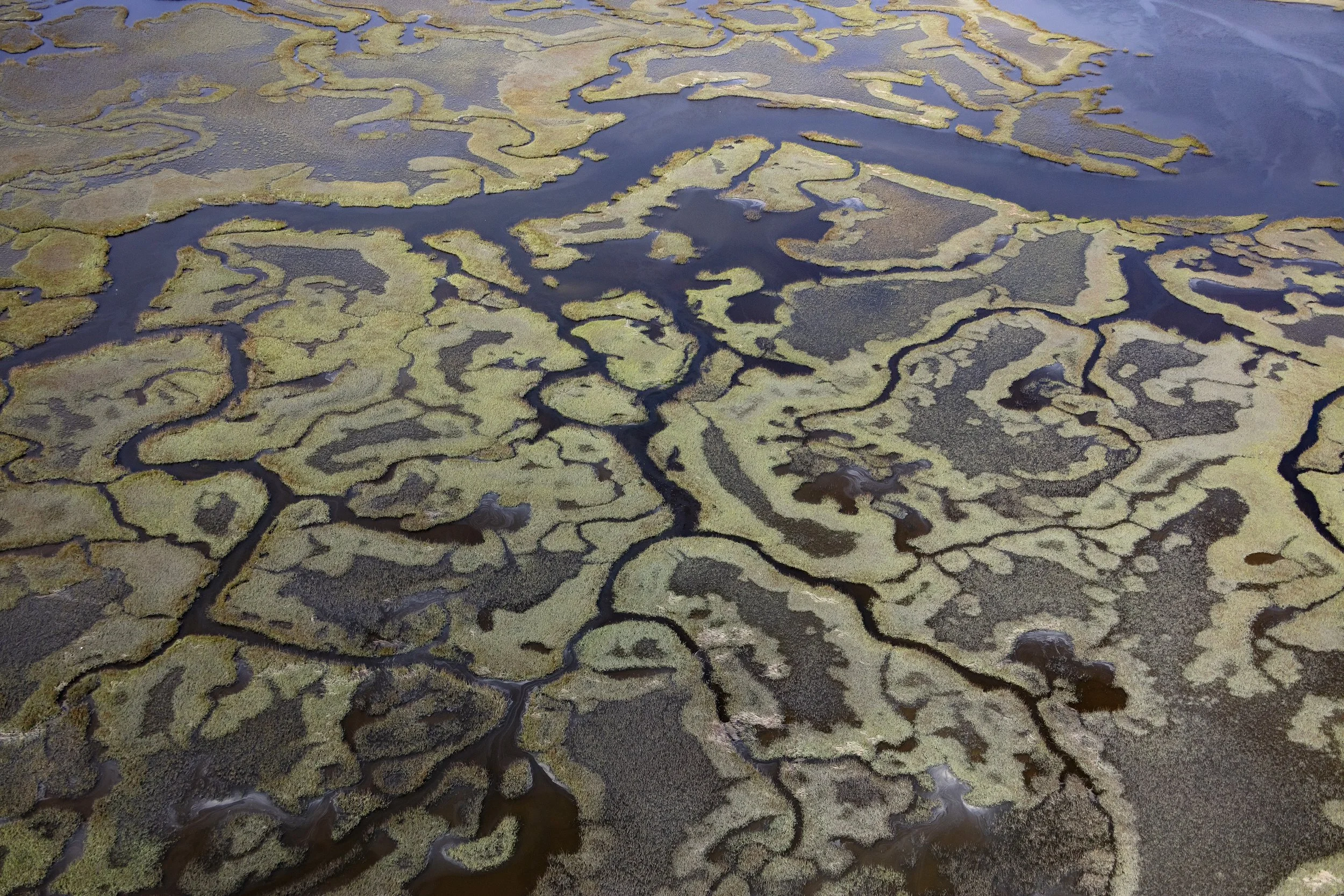Financing Resilience: Kyleigh Mann’s Role in Advancing SASMI’s Vision
Salt marshes are not just beautiful landscapes; they serve as vital natural buffers that protect coastal communities from flooding, storm surges, and rising sea levels. For many years, the South Atlantic Salt Marsh Initiative (SASMI) has been focused on preserving critical salt marsh ecosystems in the southeast. This highly collaborative initiative focuses on conserving and restoring these unique natural systems, highlighting their critical role as habitats and natural buffers against flooding and storm surges. This summer, during her internship at LegacyWorks, Kyleigh Mann made a significant contribution to this mission by exploring innovative financing tools that could attract new resources for conservation.
Photo Credit | Mark Bias
SASMI brings together the U.S. Department of Defense, federal and state agencies, and over 360 scientists and community leaders dedicated to preserving vital salt marsh habitats across North Carolina, South Carolina, Georgia, and Florida. In her role, Kyleigh explored blended finance—combining public and private funding—to meet the urgent need to protect and restore salt marshes as they adapt to changing conditions. “Federal funding and philanthropic grants alone will not sufficiently meet the need,” she emphasized.
Throughout her research, Kyleigh confronted the wicked problem of securing investment for coastal projects, where many stakeholders benefit but few are willing to pay.
“The biggest beneficiaries are the local communities,” Kyleigh pointed out.
The challenge is that these local communities often have the least access to the capital needed to make a meaningful impact. This underscores the need to engage various stakeholders to pool resources for these initiatives.
Kyleigh highlighted environmental impact bonds as a promising pathway to attract capital providers who value the environmental and community benefits of salt marsh conservation and restoration. Other potential capital sources include ecosystem service payments, recognition of avoided losses, and various types of loans.
Kyleigh also researched successful nature-based solution projects to identify the features that enabled each project’s success in securing financing. She then adapted those success factors into a framework to determine what payment and revenue streams may be available for a variety of SASMI projects. By utilizing the framework to identify public and private funding sources, beneficiaries, and potential finance tools, SASMI partners can hone in on promising finance mechanisms and potential capital partners for specific projects. One example involves identifying living shoreline and marsh migration projects with water quality benefits that jurisdictions need, creating the potential to create infrastructure partnerships and attract investors interested in innovative financing models.
Kyleigh’s work is an example of how LegacyWorks helps foster sustainable solutions through community engagement and innovative financing. By applying insights from successful projects, she has helped SASMI explore promising new ways to fund coastal conservation and restoration. To do so, Kyleigh noted, “we must identify key assets under imminent threat and bring stakeholders together.” Taking this kind of collaborative approach enhances the likelihood that communities can implement nature-based solutions and protect coastal assets for future generations. By finding creative ways to fund resilience, Kyleigh is helping communities safeguard their heritage and infrastructure.


